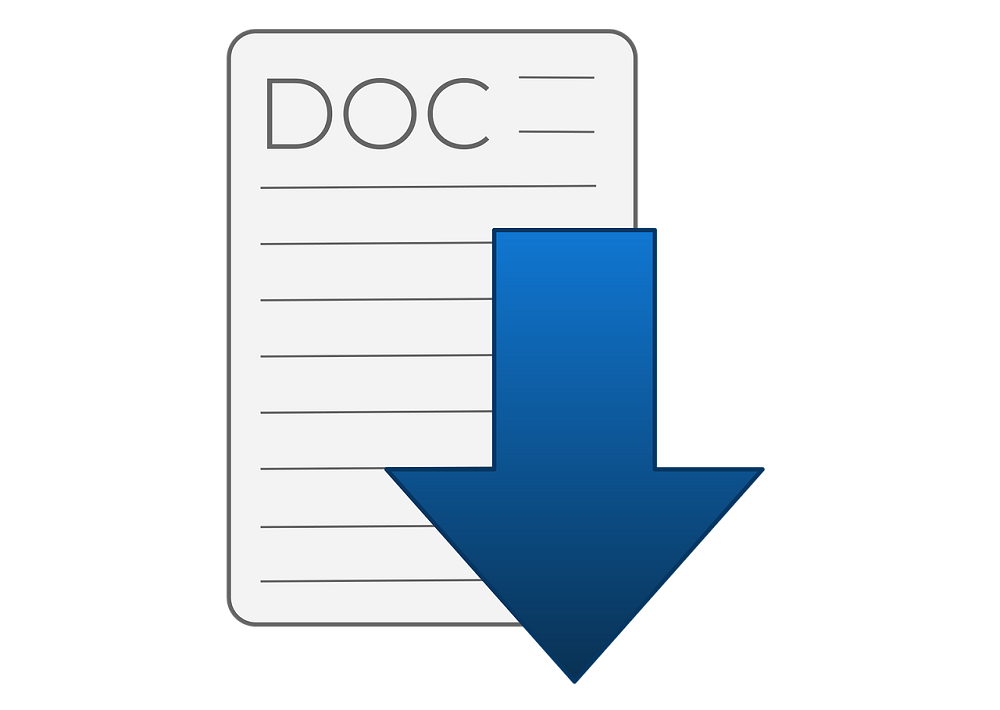Microsoft Word gives a simple method to add various styles of page numbers to your record. In the event that you have tracked down a basic report, it functions admirably enough. However, you can also check out how to duplicate a word document if needed. Yet, in the event that you’ve worked with Word for quite a while and utilized it to make more unpredictable archives, at that point you realize that page numbering can be somewhat flaky.
Instructions To Enter The Page Number
To add a page number to your Word archive, go to the “Addition” tab on the lace and afterward click the “Page Number” button in the “Header and Footer” area.
A drop-down menu shows a few unique alternatives for you, where you see page numbers, for example, page up, page down, etc. The last two alternatives let you design your page numbers all the more precisely (something we’ll see a little later in this article) or eliminate page numbers from your record.
Drift more than one of the initial four alternatives and a page number exhibition shows up. Every alternative in the display gives you an overall thought of how the page number will look on your page.
When you discover an alternative, you feel free to tap on it to allow Word consequently to number all pages of your record around there. In this model, we have chosen the “Complement Bar” style in the “Page X” design.
In the event that you embed page numbers at the top or lower part of the page, the header or footer space of your report consequently opens, and you can add as you need around your new page numbers. At the point when you’re prepared to get back to your archive, you can tap the “Nearby Header and Footer” button on the lace or double-tap anyplace in your report outside the header or footer region.
This is a less difficult adaptation of adding page numbers, and it functions admirably enough in the event that you have a basic archive – one where you need all pages to be numbered, and you number them utilizing a similar show. Need to do
Step By Step Instructions To Do Page Numbering On The Main Page Of A Record Or Area
At the point when your first page is a cover sheet, you might need to utilize an alternate footer or header for it than you would use in the remainder of your archives, and you may not need the page number to show up on that page. At the point when you open your header or footer segment by double-tapping someplace in those spaces, Word opens another “Plan” tab on the strip in the part called “Header and Footer Tools”.
The significant thing to know here is that this choice applies to the part of the record where your addition point is presently positioned. In the event that your report has just a solitary area, choosing the “Discrete first-page” choice makes the current title and footer vanish from the primary page of your record. You can type diverse data for your header or footer.
On the off chance that your archive has numerous areas, you can change the header and footer for the principal page of each segment. Say that you were composing a book with various parts and you had every section set up in its own segment. On the off chance that you don’t need standard headers and footers (and page numbers), you can show on the main page of each segment, you can put your inclusion point someplace around there and afterward empower the “independent first-page” choice can do.
Step By Step Instructions To Various Even Page Number
You can likewise set the page numbering so the situation of the page numbers is odd and surprisingly extraordinary on the pages. You will track down that most books adopt this strategy so the page number shows up on the left (even) page on the left and the right (odd) page on the right. This forestalls page numbers from being darkened by book ties and makes them simpler to see while flipping through pages.
There is additionally a choice of Word for that. On the equivalent “Plan” tab in the “Header and Footer Tools” part of the lace, simply click the “Diverse Odds and Pages” alternative.
Word consequently arranges the page numbers to show the manner in which they do in a book, and afterward, you can make any changes you need.
